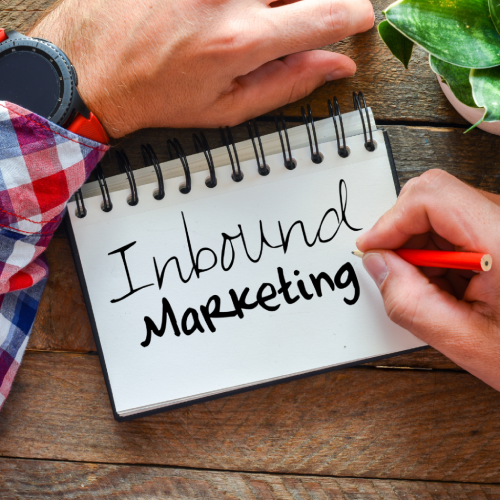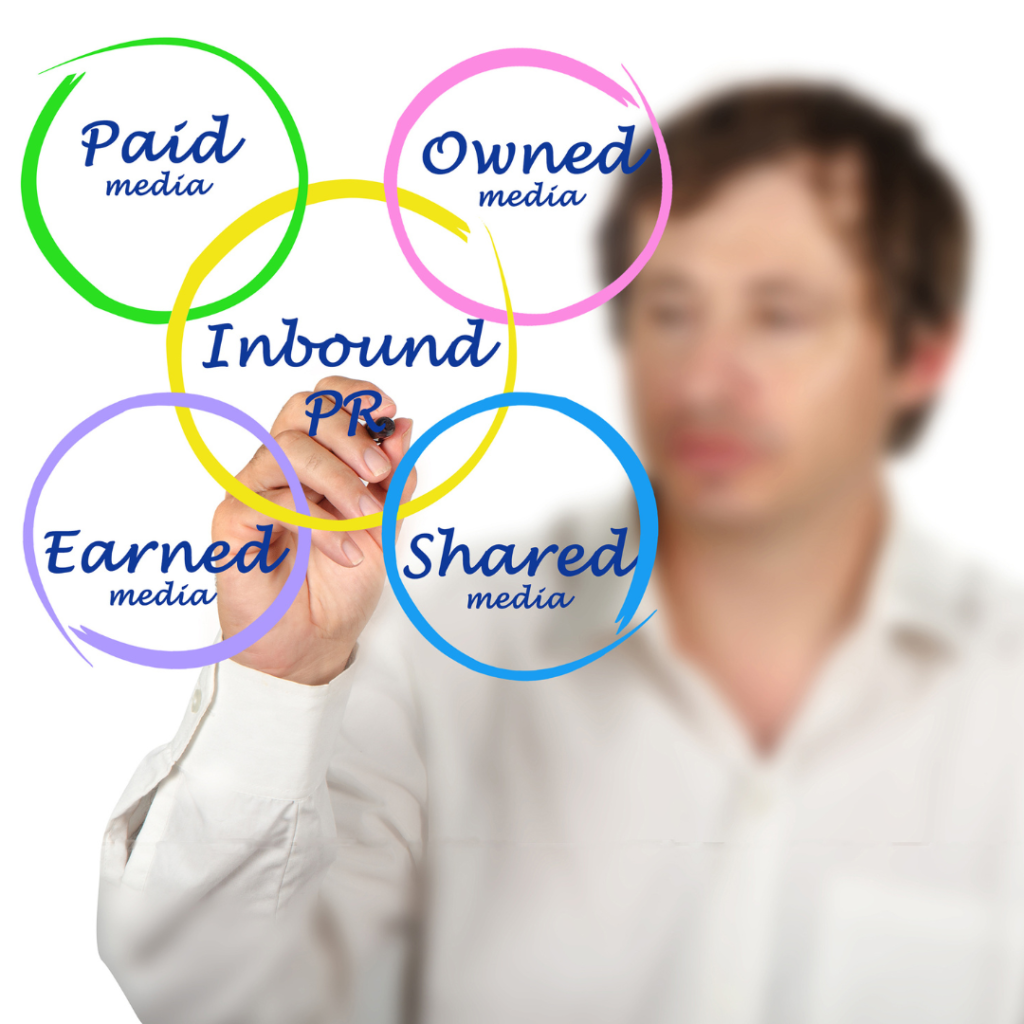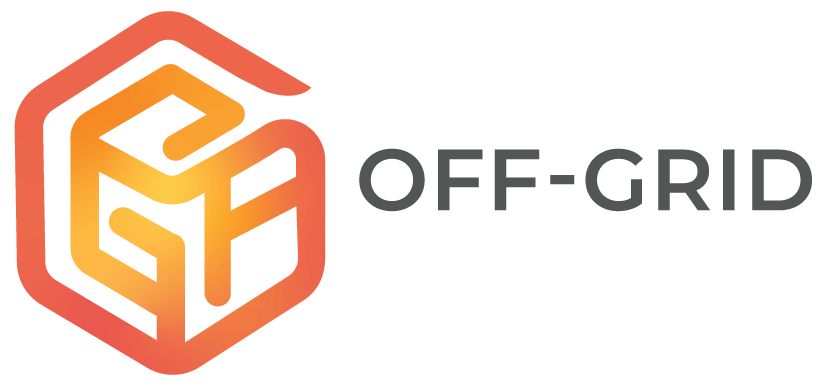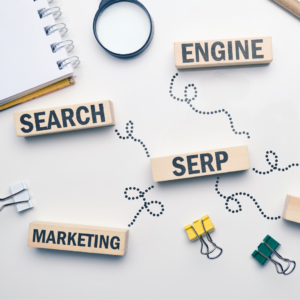Inbound marketing is about magnetizing customers to your brand with compelling content that serves their needs and interests. It is an alternative to interruptive ads, fostering genuine connections and driving growth. In this read, we’ll explore the how-tos of inbound marketing, from building enticing content to harnessing the latest tech to enhance your strategies. Get ready to attract and retain a loyal audience without the hard sell.
Key Takeaways
Inbound marketing is a customer-centric approach that attracts customers through valuable and relevant content. This contrasts with traditional advertising, which interrupts the consumer experience.
Successful inbound marketing strategies involve understanding and defining target audiences, setting SMART goals, and choosing tactics such as high-quality blogging, social media engagement, and personalized email campaigns that foster long-term customer relationships.
Advanced technologies like marketing automation and artificial intelligence enhance inbound marketing by streamlining tasks, personalizing content, and providing actionable insights. Still, businesses must balance inbound techniques with outbound marketing to overcome initial ROI challenges.
The Essence of Inbound Marketing

In essence, inbound marketing is an approach that invites customers to your brand rather than chasing them. It’s a digital marketing strategy focusing on attracting customers by producing useful content and tailored experiences. Unlike traditional advertising, which interrupts customers with product-centric ads, inbound marketing is about creating quality content that organically attracts customers to your brand. By doing so, businesses can enjoy the benefits of inbound marketing, which include increased brand awareness, customer engagement, and lead generation.
Inbound marketing emphasizes:
Nurturing a long-term relationship with customers
Providing them with relevant and advantageous information
Not just making a sale but providing value that extends beyond the initial purchase
Engaging customers through content that educates and resonates with them
Components of Inbound Marketing
Inbound marketing encompasses several key components, each playing a critical role in attracting and engaging customers, making inbound marketing important. First up is content creation. This involves providing comprehensive information about a brand and its offerings to educate and inform customers. But it’s not enough to create content; it needs to be optimized for search engines, which is where search engine optimization comes into play. SEO enhances inbound marketing by improving page rankings, increasing website visibility and attracting organic traffic.
Social media marketing is another crucial component, serving as a tool to share knowledge, engage the audience, and drive high website traffic. Lastly, personalized email campaigns are key to building loyalty and increasing sales. Businesses can ensure their audience receives the right message at the right time by tailoring content to customer preferences.
The Inbound Methodology
The inbound methodology involves three key stages: attract, engage, and delight. In the attraction stage, potential customers are drawn in through compelling content marketing, SEO optimization, and social media engagement.
Once attracted, the focus shifts to engaging with the customer, providing them with solutions and services that solve their problems and meet their needs.
The final stage is all about delight. Here, businesses focus on ongoing engagement with the customer, ensuring they receive value beyond the initial purchase and that products continually meet their expectations.
Crafting a Successful Inbound Marketing Strategy

Creating a successful inbound marketing strategy requires careful planning and execution. A critical initial step is organizing a content calendar and promotional plans. This ensures a structured and effective strategy and helps maintain consistency in your inbound marketing efforts.
But a successful inbound marketing strategy isn’t just about publishing content; it’s about publishing the right content. This requires identifying your target audience, understanding their needs and interests, and creating content that speaks to them. And, of course, setting clear goals and choosing the right tactics is crucial for measuring success and driving results.
Identifying Your Target Audience
The foundation of a successful inbound marketing strategy is a clear understanding of your target audience. Identifying the ideal customer and developing a buyer persona is a crucial initial step in attracting customers through inbound marketing. Content must appeal to their unique needs, interests, and preferences to connect with your audience.
Understanding your audience’s interests helps set focused marketing objectives that resonate with potential customers. A thorough analysis of their behaviours and preferences is crucial in determining the most effective marketing channels and tactics. After all, an inbound marketing strategy is only as good as understanding its audience.
Setting Clear Goals
Setting clear goals is another crucial aspect of a successful inbound marketing strategy. Effective goals in inbound marketing are SMART:
Specific: provide clarity and ensure mutual understanding of desired achievements
Measurable: enable progress tracking and identification of successes and areas in need of improvement
Achievable: realistic and attainable within the given resources and timeframe
Relevant: aligned with the overall business objectives and marketing strategy
Time-bound: have a specific deadline or timeframe for completion
By setting SMART goals, you can ensure that your inbound marketing efforts are focused and effective.
By setting achievable goals, businesses can:
Set realistic campaign expectations, taking into account available resources, market context, and historical performance
Align goals with the company’s business priorities and contribute to the bottom line
Introduce urgency and maintain focus by enforcing clear deadlines for achieving marketing objectives
Choosing the Right Tactics
Inbound marketing thrives on targeted messaging that informs and captivates the intended audience, steering away from generic tactics such as banner advertising. Once you have defined your target audience and set your goals, the next step is to select the right tactics to help you make your inbound marketing work as part of your successful campaign.
Effective inbound strategies that nurture leads and drive conversions include high-quality blogging, social media engagement, and personalizing email marketing. Implementing marketing automation tools can substantially increase the return on investment for businesses focusing on blogging as part of their inbound marketing strategies.
Boosting Your Inbound Marketing Efforts with Technology

Technology is pivotal in enhancing inbound marketing efforts in the digital era. Marketing automation, for instance, can save businesses time by automating tasks like social media posting, ad campaigns, and personalized customer interactions. Not only does this reduce errors and cut costs, but it also frees up time and resources, allowing you to focus on other business areas.
With the rise of artificial intelligence (AI), businesses can create more personalized and efficient content for audiences, further boosting their inbound marketing strategies.
Marketing Automation
One of the key technologies boosting inbound marketing efforts is marketing automation. It assists in streamlining processes across various teams within a company, ensuring a unified customer experience from the first touchpoint to post-purchase engagement.
Additionally, marketing automation:
Integrates with CRM systems to track customer actions as data points
Aids in providing personalized content
Enables smooth transitions between marketing, sales, and customer service
Streamlines and optimizes inbound marketing processes
Saves time and resources
Provides valuable insights about audience engagement.
Artificial Intelligence (AI)
Artificial intelligence (AI) is revolutionizing the way businesses approach inbound marketing. It can deeply analyze consumer behaviour and preferences, giving businesses the insights to create highly resonant strategies.
Through AI, businesses can create highly targeted ads and content, tailoring their messaging to meet individual consumer segments’ needs and desires. Furthermore, AI’s advanced lead prediction and qualification capabilities focus on engaging prospects likely to convert and optimise marketing resources.
Analytics and Performance Tracking
Analytics and performance tracking are other crucial aspects of boosting inbound marketing efforts with technology. Measuring brand awareness is essential in inbound marketing since it is directly tied to performance tracking but is often considered challenging to gauge effectively.
Utilization of marketing automation platforms plays a critical role in tracking and measuring marketing efforts, which is pivotal for adjusting and improving inbound marketing strategies. Analysis of conversion metrics and the implementation of cohort analysis are powerful tools to optimize content, enabling the identification of the most effective topics and contributors.
Overcoming Challenges in Inbound Marketing

While inbound marketing has numerous advantages, it’s not without its challenges. One of the main challenges is that it requires patience and time to become effective, especially in areas such as SEO, social media engagement, and email marketing, because they depend on the long-term cultivation of relationships and brand presence.
To bridge the initial time gap before realizing ROI from inbound strategies, businesses can integrate PPC campaigns that provide immediate results while maintaining the course of their inbound marketing efforts. But that’s not all. Businesses need to overcome other challenges to make their inbound marketing a success.
Balancing Inbound and Outbound Marketing
Balancing inbound and outbound marketing is often a struggle for many businesses. While inbound marketing focuses on attracting customers organically, outbound marketing involves directly reaching out to potential customers through various outbound marketing efforts.
One way to balance this is to combine social media with events and trade shows. This strategy can bridge inbound and outbound marketing, enhancing customer engagement and lead collection. Platforms like LinkedIn can complement face-to-face networking, aiding in relationship building that supports both inbound and outbound marketing strategies.
Creating High-Quality Content
Another challenge businesses often face in inbound marketing is consistently creating high-quality, valuable content. Implementing a structured content generation process with a predetermined schedule can help induce consistent, relevant content creation, avoiding last-minute stress.
In addition, outlining topics in advance and adopting a publisher’s mindset are key strategies to ensure a steady supply of upcoming content. Various content formats, such as infographics, videos, presentation decks, and appropriate platforms, can boost the effectiveness and reach of the content created.
Staying Up-to-Date with Trends
Like any other marketing approach, inbound marketing strategies must be flexible and responsive to current trends. In the ever-evolving digital landscape, staying informed on industry trends is crucial for the effectiveness of inbound marketing strategies.
Businesses should adapt their inbound marketing strategies based on content performance and audience feedback. Aligning business strategies with current trends can enhance customer engagement and foster business growth.
Real-Life Inbound Marketing Success Stories
Inbound marketing isn’t just a theoretical concept; it’s a practical approach many businesses have successfully adopted. Take ‘Binging With Babish,’ for instance. By creating engaging cooking content, they’ve managed to drive viewers to their website and generate revenue through cookbooks, endorsements, and merchandise.
Apple Inc., under Steve Jobs, leveraged its brand community and recognition to pull in customers effectively. Similarly, L’Oreal Malaysia worked with Key Opinion Leaders for their ‘Raya Cantik Bergaya’ campaign, reaching engagement levels 500 times higher than competitors. Lalamove utilized blog articles and newsletters to address client issues and build customer retention. These success stories demonstrate the power of unique content creation and leveraging brand recognition in effective customer engagement.
Summary
Inbound marketing, focusing on attracting customers through valuable content and personalized experiences, has revolutionized how businesses market their products and services. Despite the challenges, with the right combination of strategies, technologies, and understanding of the target audience, inbound marketing can substantially boost customer engagement and loyalty. As illustrated by real-life success stories, the power of inbound marketing lies in its ability to forge authentic customer relationships and foster long-term loyalty. If you want to learn more, you can Enrol in the Off-Grid Singapore Digital Marketing course “Inbound Marketing: Understanding Your Customer Journey“.
Frequently Asked Questions
What is inbound marketing?
Inbound marketing is a digital strategy that attracts customers through personalized content and experiences, fostering lasting relationships and loyalty.
What are the key components of inbound marketing?
The key components of inbound marketing are content creation, SEO optimization, social media engagement, and personalized email campaigns. These elements work together to attract and engage potential customers.
How can technology enhance inbound marketing efforts?
By leveraging marketing automation and AI, businesses can streamline processes, personalize content, and gain valuable insights, ultimately enhancing their inbound marketing efforts.
What are some challenges in inbound marketing?
Inbound marketing faces challenges such as balancing inbound and outbound efforts, producing quality content consistently, and keeping up with industry trends. It requires a careful approach to tackle these obstacles.
Can you provide some examples of successful inbound marketing?
“Binging With Babish” and Apple Inc. are great examples of successful inbound marketing, showcasing how unique content creation and brand recognition can drive effective customer engagement.




